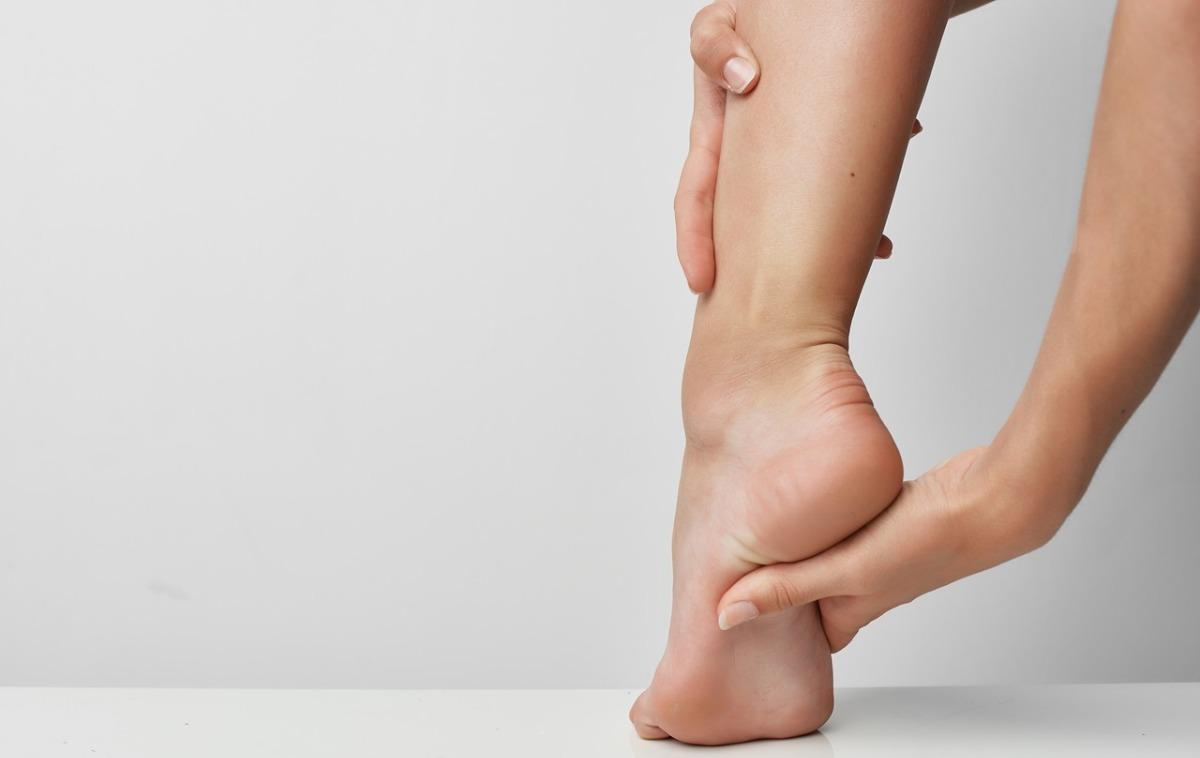Sharp Pain, Sharp Solutions: Navigating the World of Heel Spurs
posted: May 22, 2024.

Heel spurs are a common yet painful condition, often experienced as a sharp pain under the heel during standing or walking. These bony growths can impact anyone but are particularly prevalent among athletes and individuals with active lifestyles. At his Toronto practice, Sheldon Nadal, DPM, specialises in treating this complex condition with precision and care.
Let’s delve into the nature of heel spurs, exploring their causes, symptoms, and the innovative treatment strategies implemented by Sheldon Nadal DPM. With a focus on providing sharp solutions to this sharp pain, we aim to guide sufferers through their options for effective relief, ensuring a swift and informed return to a pain-free life.
Join us as we navigate the world of heel spurs, offering insights and expert advice every step of the way!
Understanding Heel Spurs: What Are They?
Heel spurs are calcified growths that form on the heel bone (calcaneus) and are often associated with plantar fasciitis, a condition involving the inflammation of the plantar fascia. The spur itself develops as the body tries to repair itself by building extra bone. This process is usually triggered by chronic, heavy pressure or tension on the foot, which can be exacerbated by factors such as weight, activity level, or inappropriate footwear.
Although they are composed of bone, heel spurs themselves are typically painless. The pain attributed to heel spurs usually arises from the associated inflammation in the surrounding tissues. It’s this secondary condition—often plantar fasciitis—that causes the intense discomfort experienced during walking or standing.
Identifying Symptoms and Causes
The primary symptom of heel spurs is sharp, stabbing pain in the heel, particularly noticeable when you first stand in the morning or after sitting for a prolonged period. This 'start-up pain' can appear more like a deep bruise and often subsides into a dull ache throughout the day as the foot warms up.
Contributing factors to the development of heel spurs include:
Excessive Body Weight: Greater body weight puts added stress on the feet.
Foot Mechanics: Flat feet or high arches can distribute weight unevenly, increasing the risk of heel spurs.
Ageing: The fat pad on the heel thins with age, reducing natural cushioning and increasing pressure on the heel.
Activity Level: Athletes and those whose jobs involve long periods of standing or walking on hard surfaces are at higher risk.
Treatment Approaches by Sheldon Nadal DPM
Sheldon Nadal DPM offers a comprehensive approach to managing heel spurs, focusing on both alleviating current pain and addressing the underlying causes to prevent future issues.
Custom Orthotics: Specifically designed to accommodate each patient’s unique foot structure, custom orthotics redistribute weight away from the heel spur, alleviating pressure and pain.
Physical Therapy: Physical therapy sessions may involve stretches and strengthening exercises that help improve the flexibility and condition of the foot. Special focus is given to the plantar fascia and calf muscles to reduce tension on the heel.
Medications: Non-steroidal anti-inflammatory drugs (NSAIDs) can be recommended to reduce pain and inflammation. In more severe cases, corticosteroid injections might be administered directly into the heel to provide temporary relief.
Advanced Techniques: For persistent cases, Sheldon Nadal DPM may employ advanced techniques such as Extracorporeal Shock Wave Therapy (ESWT). This non-invasive procedure uses shock waves to stimulate healing in damaged tissues, promoting a faster recovery.
Prevention Strategies
Preventing heel spurs involves addressing the factors that contribute to their development. Sheldon Nadal, DPM, advises on several preventive measures:
Proper Footwear: Shoes that fit well and offer adequate support are crucial. For sports, specific shoes that suit the activity can prevent unnecessary strain on the foot.
Weight Management: Maintaining a healthy weight can drastically reduce the pressure on your feet, minimising the risk of heel spurs.
Routine Stretching: Incorporating regular stretching exercises, especially for the calf muscles and feet, can improve flexibility and reduce tension on the heel bone.
Modify Activities: Adjusting your exercise routine to include lower-impact activities can help relieve pressure on the heels. Activities like cycling or swimming are excellent alternatives to running or jumping.
Monitoring and Regular Check-Ups
Continued monitoring and regular check-ups with Sheldon Nadal DPM ensure that the treatment remains effective and that adjustments are made as needed. It is crucial for patients to report any changes in symptoms or pain levels. Regular assessments can also help detect any new developments early, allowing for prompt intervention.
Heel spurs require a detailed and patient-centric approach due to their connection with other foot conditions, and the potential for recurring pain. With Shelton Nadal DPM’s expertise, patients can expect a tailored treatment plan that not only aims at symptom relief but also at long-term prevention and improved foot health. By staying informed and proactive, individuals can manage heel spur symptoms effectively and maintain an active, pain-free lifestyle.
Step Towards Lasting Relief from Heel Spurs
Navigating the complexities of heel spurs requires understanding, patience, and the right podiatric care. Sheldon Nadal DPM offers specialised, patient-centric treatment strategies that focus not only on alleviating the pain associated with heel spurs but also on addressing the root causes to prevent recurrence. If you're experiencing sharp pain in your heels, it's crucial to tackle it head-on to prevent further complications and return to your normal activities.
Don’t let heel spurs keep you on the sidelines. Visit Sheldon Nadal DPM’s website to learn more about your heel spurs treatment options in Toronto and start your journey towards effective relief and recovery. Schedule your appointment today and take the first step towards ending heel pain and embracing a healthier, more active lifestyle!